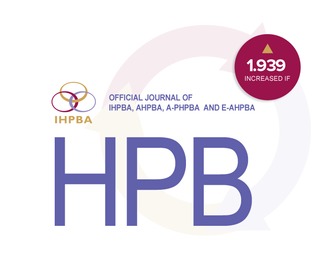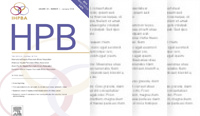International Hepato-Pancreato-Biliary Association
March issue of HPB

In the March issue of HPB there is a strong presence of technical innovation. In the a paper highlighted by Professor Wigmore, the Leeds group describe their 15 year experience with subtotal hepatectomy and whole graft auxillary transplantion for patients with acute liver failure secondary to paracetamol poisoning. The author’s results and the ensuing discussion make a compelling case for seriously considering this approach. However it is worth noting that several patients required a second rescue transplant due to complications associated with the initial transplant. In addition the surgery was almost exclusively performed by one consultant surgeon suggesting that others within the unit had reservations about the approach.
Pursuing the theme of technical innovation, Fernandez-Ros et al describe the use of hemihepatic radioembolisation as a method of inducing contralateral hypertrophy in patients with a insufficient future liver remnant. What is striking in this series of 83 patients, many of whom had underlying cirrhosis, was that the hypertrophy continued to occur for a prolonged period and at 26 weeks an increase in hemiliver volume of close to 50%.
This concept of high risk radical new surgical techniques being rolled out to the wider surgical community is becoming topical with the increasing uncontrolled application and subsequent complications being observed with Associating Liver Partition and Portal Vein Ligation for Staged Hepatectomy and single port laparoscopic surgery. How new surgical technical innovations are introduced more widely are an important issue for the profession to address. Patient safety and minimisation of unnecessary harm should be paramount in the minds of surgeons as these techniques are adopted. Simply allowing single surgeons or units to proceed and introduce such techniques in an unregulated and uncontrolled fashion and retrospectively reviewing small series does not seem ethically acceptable. Compulsory international registries with independent data monitoring committees would seem to be the way forward but will require leadership and buy in from surgeons internationally.
To view the table of contents of the March issue please click here
Corporate Partners
If you are interested in becoming a Corporate Partner of the IHBPA please contact industry@ihpba.org
Find out more


